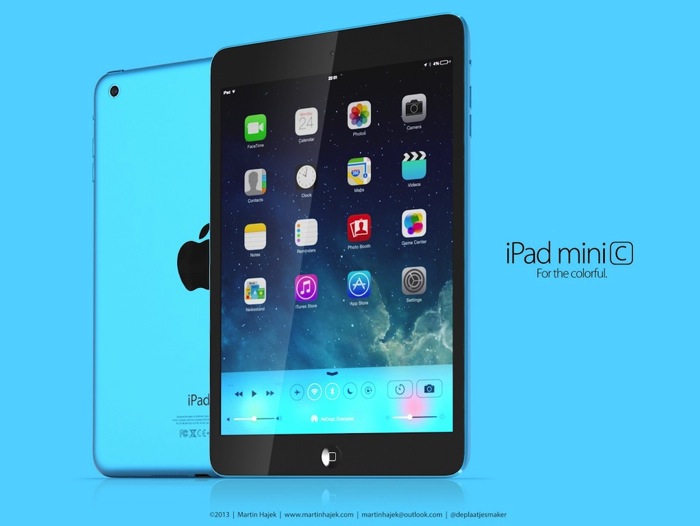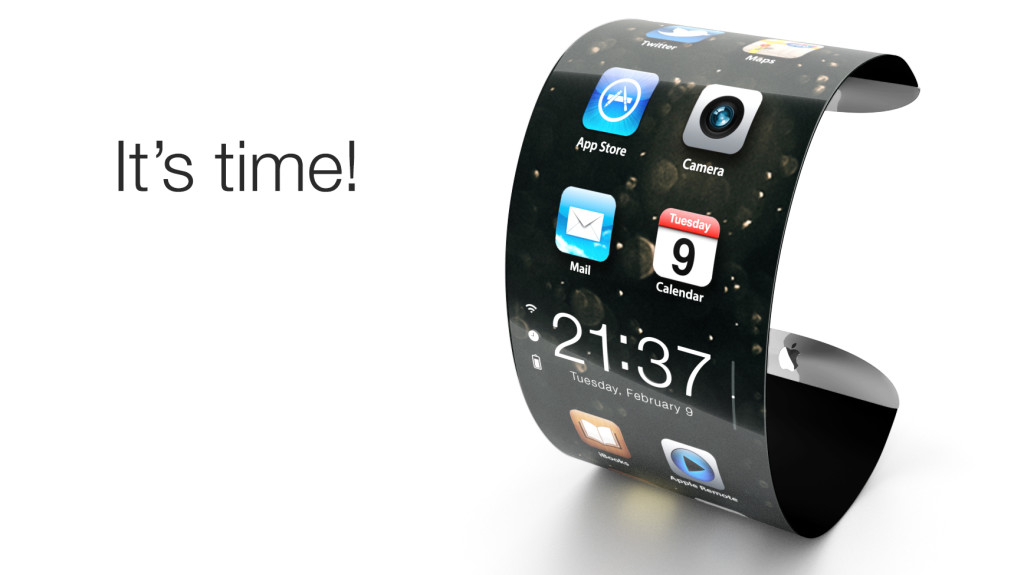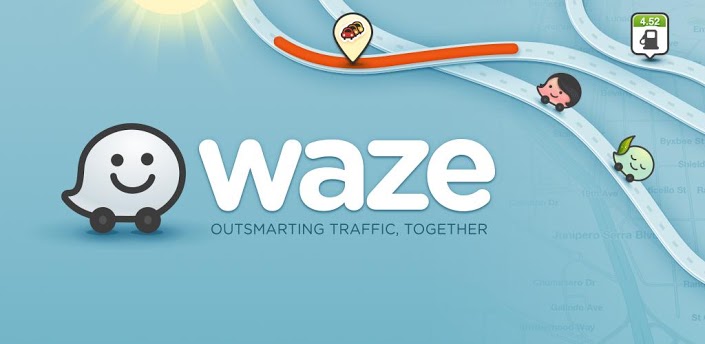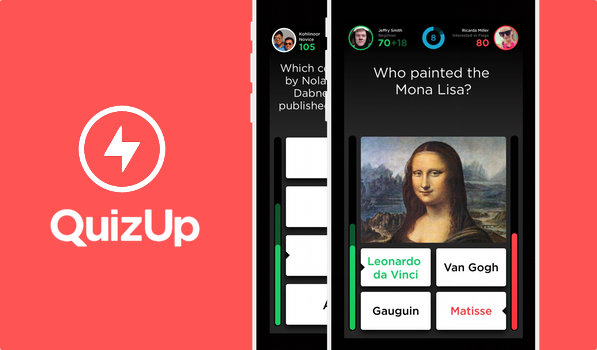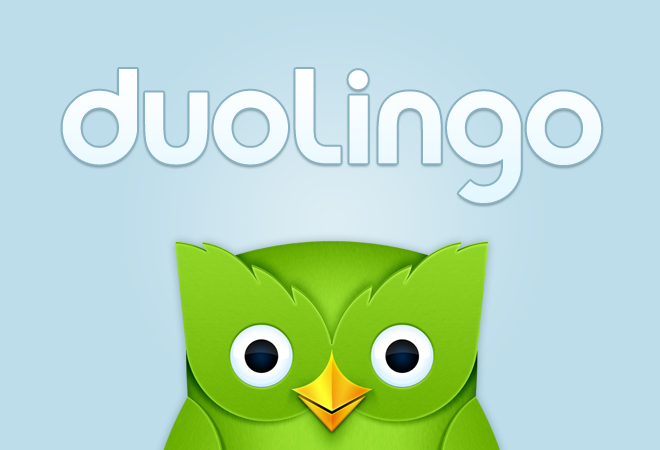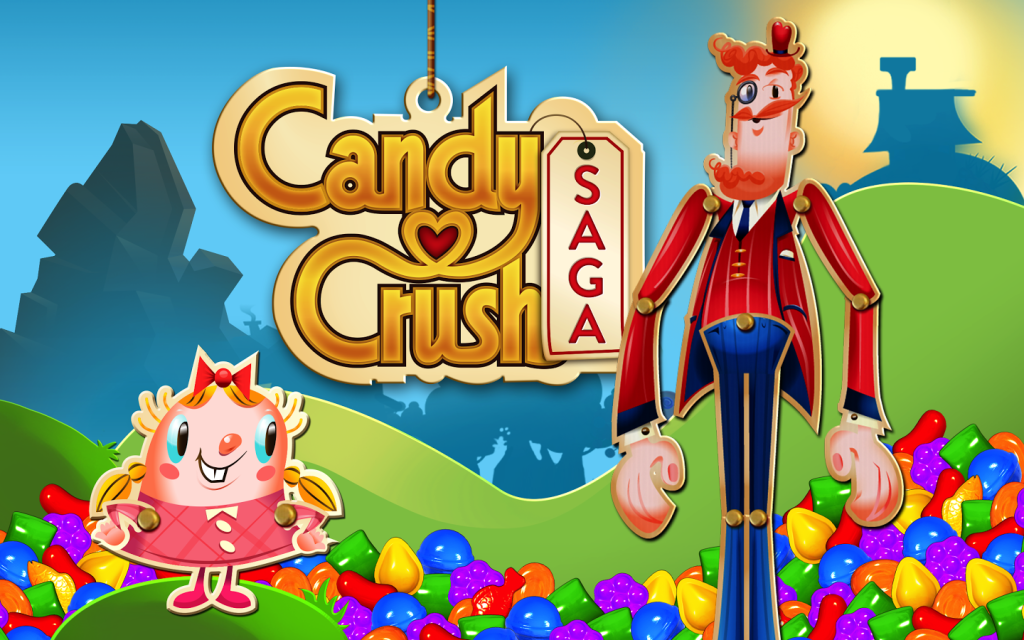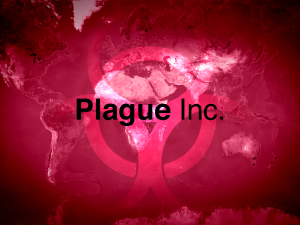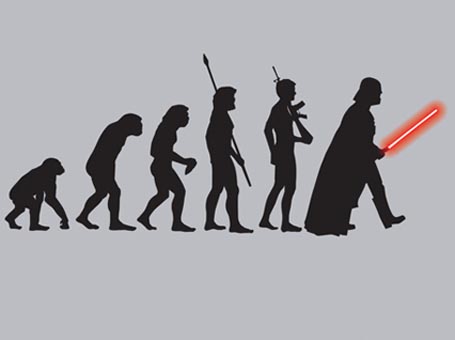-

-

-

-

-

-

-

-

-

-

-
-

-

-

-

-

-

-

-

-

-

-

-

-

-

-

-

-

-

-

-

-

-

-

-

-

-

-

-

-

-

-
-

-

-
 TOTW: Google's Project Ara Modular Phone May Be The Future Of SmartphonesOctober 30, 2014
TOTW: Google's Project Ara Modular Phone May Be The Future Of SmartphonesOctober 30, 2014 -

-

-

-

-

-

-

-

-

-

-

-

-

-

-
-
-

-

-

-

-

-

-

-

-

Speculations
Mars One Plans For Humans Colonizing Mars By 2024
010 years
Have you ever wanted to go to Mars? To set foot on a new planet, being one of the first humans ever to do so? It really does sound like a stretch of the imagination, and still doesn’t seem possible, even with a reasonable amount of knowledge about what it will take to get there. There are just so many hurdles to creating an actual Mars colony: food, solar radiation, the effect of less gravity on our bones, the cost of transporting supplies to space, and much more. Learn more about it in the Asap Science video below:
And yet, a non-profit organization called Mars One is already making plans to go there. Setting their sights on a manned Mars mission in 2024 and then again in 2026, Mars One has already been supported by many experts, including Nobel Physics prize-winner Gerard ‘t Hooft, along with the 200,000 other people wanting to be one of the 24 lucky (or unlucky, depending on how you view it) to go to Mars. Announced in 2012, Mars One has already gone through three stages of elimination for picking who will be an astronaut in the final takeoff. Recently, 100 people were announced as in one of the last groups before Mars One picks the final 24. Each applicant paid $38 and submitted a video and written summary of why they want to go to Mars, why they deserve it, and what makes them good to spend the rest of their life up there. (no attachments, good personality, etc.)
And notice I’ve said “the rest of their life up there”. That wasn’t just a guess. Mars One has made it very clear that these participants are going up on the red planet and staying there. Either they fail on the way up and die, or stay up there for the rest of their life, the first generation of a martian colony. And everyone in the top 100 applicants have accepted that too, which adds just one more level of bravery on top of the whole idea of a possibility of being incinerated while leaving the atmosphere.
One criticism of Mars One is how they’re running the whole enterprise. Many people have voiced that they believe Mars One is taking the process much too lightly, and the fact that they are creating a reality television show isn’t sitting well with many people. On their website they already are letting people vote for the “contestants” they want to go to the next round of elimination. Sounds a lot more reality TV than NASA, and that’s exactly what people are worried about. This would be a very dangerous mission, and taking unqualified people and throwing them into space for the sake of entertainment clearly doesn’t seem right.
Unfortunately, the reality TV part of their elimination process has already taken hold on many people, with The Guardian, Ars Technica and more doing interviews with some of the final round applicants. But there is an upside to the reality TV aspect, and that’s the money Mars One will make. They have already estimated the cost be to $2 billion, and so the show would help pay for the technology, rockets, and to help if anything goes wrong.
And who knows? Maybe, by some near-miracle, Mars One will have the required technology to launch the final 24 applicants into space and then on to Mars by their target date. Then, of course, the question would be how they would actually survive in space, and what humanity would do with a Mars colony, but that’s a thought for another time.
UPDATE: PBS Idea Show just created a great video on the entertainment aspect of Mars One, which you can watch below.
Bitcoin – What It Is And Why It Isn’t Ready
010 years
Personally, I see Bitcoin as a interesting concept, but isn’t near close to a time where it can be used in everyday life. In case you don’t know, Bitcoin is a cryptocurrency, and the first of it’s kind. It’s a currency that is completely web based, and has absolutely no intrinsic value. If the value of bitcoin falls, you lose your money. The good side of Bitcoin is that, as I said, it is completely web based, and there is no way for when transferring Bitcoins for for any bank or system to play with it. It goes straight into the other person’s account, excluding taxes. Also, although this can be interpreted any way, but the way Bitcoin is created will gradually fall, making the amount of Bitcoins available for use the same from 2025 onward. When 2025 hits, no more Bitcoins will be produced, meaning no matter how many people are using Bitcoin the number of Bitcoins will always be the same after that.
So that sounds great, but the cons on Bitcoin are substantial. To recap, the main goal that fueled the creation of Bitcoin was to make a currency that can be regularly used. Unfortunately, the problem with that is that 3 years ago, Bitcoin was worth 5 US dollars. Now it’s worth 445 US dollars. At least, that’s how much the select Bitcoin traders will give you. At one point, it was worth 1,200 dollars. With all the fluctuations in the price, with a uphill trend, who knows what the price will be. But if I had bought 3 Bitcoins back in 2011 for $15 and now they’re worth $1,500, I wouldn’t sell them. Or maybe I would. That’s the problem, they’re turning into a long term investment instead of a currency.
As the video above says, some people believe that the uses of Bitcoin isn’t apparent to us now, just as people in the 80s didn’t think that anyone needed computers to live a normal life. That is certainly possible, but it’s my opinion that in the current state of the system, it isn’t good enough to benefit society in a big way.
Also, there are some other problems, such as the theoretical ability to hack into your online wallet, or even the Bitcoin server, and steal the Bitcoins of many people. Sure, maybe the Bitcoin encryptions are good, but it’s hard to trust a online currency with all the hacking going on around us all the time. Sure, maybe the Bitcoin encryptors are a step ahead of the hackers, but I wouldn’t bank my life’s savings on it.Along with that, a secret key, or passcode, is used to verify access to all of your Bitcoins. If someone finds out your password, they can spent, transferred, or anything.
Yet another design flaw is that Bitcoin isn’t really designed to be a currency, even though the creators want it to be. The reason for this is that the people who benefit the most from using Bitcoin isn’t small selection of people who actively use Bitcoin at the small selection of online and concrete stores, but the people who hold their Bitcoin, and who use it as a long-term investment. Again, this is a concept. If Bitcoin, or another virtual currency like it has a chance of becoming popular it has to find a way to reward the regular user, which will certainly take a lot of innovating and reiteration of the basic coding and structure of Bitcoin itself.
I’m still skeptical, as I expect everyone will be when adopting this type of money. But, there may be a time when Bitcoin is ready to be used. Maybe, the amount of Bitcoins released will work out, the kinks in the system will run smoothly, the encryption is unhackable (something that will certainly take many years and be a big step forward for cryptography), the cons of the system replaced with more pros, and everyone will accept it. Just maybe. (see optimistic video above)
AOTW: The Fourth Dimension App Explains Everything 4D
011 years
The human mind is amazingly complex, able to imagine anything we want in our “minds eye”. You can sort of see it, but the picture is not really complete, blurry and needs a lot of focus to complete. But you know this, you’re human. (hopefully) We can even imagine pictures that don’t exist. Especially that don’t exist. So, it would seem that we would have a fairly easy time imagining a fourth dimension. Like, what is it? I can’t even formulate any examples of guesses of the fourth dimension would look like. Our brains just can’t process this.
To explain this problem, many people use the popular “Flatland” example. Imagine a place that only lives in 1 dimension. These people can only move up and down on a flat line. That’s it. They’re just points on a line. If you were one of these people, the possibility of going sideways would be impossible. They wouldn’t even know what “sideways would be. Now imagine a 2D world. Flatland. These people are shapes, who only know moving up, down, left and right. If we speculate what it would be like, such as in the 2007 animated movie “flatland”, people could only see lines. But they could move.

They of course would think of a “3rd dimension” as a dumb theory that nobody would take seriously. It just wouldn’t be possible to them. This is the basis of the story, Flatland – A Romance Of Many Dimensions, by Erwin Abbott, set in Shapeland, or the 2D world. The narrator, named simply “the Square”, guides the reader through this victorian era like place, full of castles and kings. The Square eventually visits “Lineland” and “Spaceland”, the latter of which he couldn’t even imagine beforehand. This great novel was written in 1884, and still holds up logically true today.
But back to the fourth dimension. There are some ways to imagine the fourth dimension, such as the shape of a tesseract. A tesseract is 4D shape, when translated into a 3D shape looks like a cube inside a cube, with lines connecting the corners. But what does it look like in the fourth dimension? Well, that’s where the app The Fourth Dimension app comes in. This app shows you the answer to this and more is an interactive and animated page by page story. The app thoroughly explains everything about the fourth dimension, and the whole thing takes about 10-15 minutes to complete, though totally worth it. With sprinkles of humor throughout, going through The Fourth Dimension app is a great learning and entertaining experience.
TOTW: What To Come In 2014 For Technology
11 years
2013 was a great year for technological breakthroughs. New iPhones, new iPads, curved screens and more are just some of the things that were developed in 2013. But there is one question that is still being asked: what does the new year hold for us? There have been many promises, leaks and hints throughout the end of last year, and we can only wait and see if they become true. But we can predict.
There are many things that are very likely to happen in 2014. One of which is the highly awaited public release of Google Glass. When Project Glass was released as a concept to developers back in Google I/O, the frenzy of publicity began. Everyone was completely memorized by the possibility of a computer on your glasses, and apps soon began popping up everywhere for every usage. These glasses and almost certainly being released on the early 2014 Google I/O. Of course, millions and billions of people will learn about these glasses and become intrigued enough to buy one, and Google Glasses will soon be seen everywhere. This will certainly cause some controversy, but will probably blow over soon enough.
We can’t forget Apple, though. At the 2014 WWDC, we can reasonably expect a new iPhone 6, which will probably be 50% percent lighter and 30% thinner. The retina will be better, and all the other stats will be much improved. The new Macbooks and iPads will most likely come at the later Apple conference, since at the last conference they were updated. After the release of the iPhone 5C, there is a chance that Apple will go down the color path with their other devices, especially the iPad Minis, which would definitely be a big surprise and a hit with the younger generation.
There has been one Apple product that I have been skirting around, but will now address. The iWatch. Samsung have already released their smartwatch, the Galaxy Gear, but the early version was slightly disappointing. First of all, it is not a stand-alone product, but only works if paired to a Galaxy smartphone. The functions of the watch itself is limited to answering call, which you then have to get you phone out to answer, checking social and SMS notifications, and using Samsungs 70 third-party app like Path, Evernote, Runkeeper and more. The design is not fantastic and somewhat slow if you are used to Apple products, so we can hope that Apple improves on that. What Apple would do to make the iWatch significantly better is (1) make it faster and more reactive and (2) make it stand-alone from Apple’s other devices. If they do that, then it might justify Samsungs price of $300.
Smartglass will certainly take a leap in the new year. Transparent phones are already being prototyped without any software (so it’s useless for now), but it still has a few noticeable spots of chips, cameras and such visible. Since, as in Corning’s brilliant video, A Day Made Of Glass 1 and 2, smartglass will be everywhere in every shape and size in the future, we cannot hope too much for this coming trip around the sun. Although, significant progress will be made, and curved or curving glass will definitely be upgraded, almost to the point of public release.
A Day Made Of Glass 2, paused and explained by Corning
All in all 2014 is certainly going to be an interesting year. Breakthroughs will be made in not only technology, but science, physics, and almost any other field you can think of. The big events to look out for this year is the Google I/O, the Apple WWDC, the 2014 CES, Macworld/iWorld Expo, and more. Just as in 2013, at just these events thousands of products and concepts will be released and showcased, its amazing that all this could be accomplished in one year. But for now, all we have to do is wait and let the scientists and engineers work their magic.
Top 10 Apps Of The Year
011 years
Top 10 Apps Of 2013
The time has finally come, when we at Fast Forward have to make the toughest decision of the year: the choice of the top 10 apps of the year. These apps that I have picked are my favorite apps from throughout the year, mixed in with the new, exciting, and most popular apps of 2013, year of the snake. Here they are:
#1: Waze
Maps and directional apps are becoming increasingly important in today’s society, especially since people are relying more than ever on smartphones rather than memorizing street names and how to get around. Waze definitely dominates, allowing users to post problems like bad traffic, police, fallen trees and more. This year, I have definitely used Waze more than even Google Maps, and was essential to living this year. All hail the Waze god!
#2: QuizUp
QuizUp is truly the epitome of a great game. Trivia games don’t really have a high expectation, but with Quizup on the market, all the other apps have no chance at all. The very well designed and modern game allows users to play online users in a humongous variety topics, ranging from ancient history to dogs to Harry Potter. A social aspect allows you to thoroughly review your recent game, look at your stats and add friends which you can challenge. It’s so good, it would’ve done equally as good even if it was a paid app. This game certainly earns it’s spot in number 2.
#3: Vine
The Vine sensation has been sweeping the world, a social network dedicated to showing 6 second videos, which anyone can take right from their phone. This type of video has been popular for anyone to make a short film, topics ranging from art, experimental, cats, and most popular, comedy. Funny and incredible Vines have been topping the charts, such as a prank or someone throwing a basketball off a 60 story building and making it. The giant amount of users and videos makes what the app what it is, and it really is a great social network.
#4: Duolingo
Duolingo has really sprouted into the big leagues in the past year, becoming the best and most popular language learning app. The unique social aspect of Duolingo’s approach to teaching sets it ahead of the rest, even the famous Rosetta Stone (the app, not the artifact). The app itself is also amazingly designed, allowing the user to surf through languages and lessons with ease. Learning languages has never been easier.
#5: Candy Crush Saga
Candy Crush Saga. Who hasn’t heard of this sweet game that has taken over it’s category. The addictiveness of Candy Crush and it’s achievements, rewards, Facebook integration left everyone thinking “just one more level than I’ll go back to work”. Candy Crush is so immersive and addicting you could easily play for 10 minutes, then look up from the game and it turns out that it’s 2045. This is the ultimate game for wasting your life away, and has adults and kids global under it’s spell.
#6: Snapchat
Taking pictures on the fly is really something phones excel at, and people (especially teenagers) like to take advantage of that by using Snapchat. Snapchat is essentially a social network that’s a mix of What’s App and Instagram. The great design lets you take a photo, then draw on it, add a caption to it and send it to another Snapchat user. But when it gets there, the other user holds their finger on it and only gets to look at it for 1-10 seconds, then it disappears forever, erasing the need to go back and delete texts or photos because of limited space. Snapchat is a very practical and fun social network, and it’s amount of downloads and users show that it’s idea is a success.
#7: Clash Of Clans
It’s in our nature as a human being to want to control more and defeat our enemies. It’s called REVENGE. Clash of Clans is a village building strategy that lets us get the satisfaction of beating our opponents and stealing their gold. This multiplayer online game allows you to build up your village and grow in technology and land. The layout of the game makes it easy to run your village and at the same time chat with your Clan members in a social aspect. Tons of people all over the world are roughing it out with Clash Of Clans, and it has become very popular and a classic game.
#8: Plague Inc.
The strategy category of games have recently exploded with a bunch of great apps, one of which is Plague Inc. Plague Inc is a hyper realistic game where your goal is to, well, kill the world and everyone in it. You start out with a basic bacteria and your goal in a game it to spread to all the world and kill everyone, but not too fast or your hosts will die but not to slow or the cure will be discovered. Plague Inc brings out the villain in everyone, showing you a world, with amazingly realistic events in a newscast above, where you can collect DNA points and evolve your disease. Definitely the best strategy game of the year.
#9: Drafts
Many productivity apps are only useful to the overworked and people in need of organization, but Drafts places its uses right in the perfect spot. Everyone could profit from using Draft’s easy interface and it’s ability to distribute information. All you have to do is customize the settings, and when you, say, need to send yourself a quick reminder or post something to Facebook and Twitter at the same time, Drafts is your solution. You can quickly type something into the top section, then send it to one of Drafts many options, such as markdown, Facebook, Twitter, Evernote, Email, Text, Email to _____ (customizable), and many, many more. Drafts can serve you in many more ways than you could imagine, and is definitely a must need app.
#10: Spotify
Pandora has been dominating the music services apps for years, now, but the time has come when a new option has arrived. Spotify. Spotify is a music app that you can download or play almost ANY song you could think of. There is also a radio, with no advertisements, unlike Pandora. You can make unlimited playlists and radios, but there is one small catch: it has a small monthly fee. Still, it is definitely worth it for those of us who spend ridiculously big amounts of money on iTunes, and is a very useful app for on the go music.
And that’s it. If any of you don’t have any of these apps, I would highly recommend getting all of them. Below I have given out awards to three different apps; best design, Most Popular App, and Most Practical App. Watch out for my top tech and top app posts for 2014.
Best Design: QuizUp
Most Popular: Candy Crush Saga
Most Practical: Waze
Speculations: Is it an M Class, Spock?
012 years
by FFtech
in Speculations
If you’ve ever seen a sci-fi movie like the Star Wars or Star Trek series, you noticed the abundance of aliens. From humanoids like Vulcans, to more bizarre creatures like Ewoks, aliens always add spice to the films. It’s not easy to make a good space-faring movie without a few aliens!

But how likely is it that if another species (or many, in the case of Star Wars) of aliens contacts us, they will have a human oid form? Well, some scientists think it is as high as eighty percent, yet many take the other side. I will try to summarize both arguments:
Argument 1: Why Aliens Will Most Likely Be Like Humans
To evolve, creatures have to be fit for their habitat. When put under selective pressure, only the slightly faster, more agile, or generally better fit ones will survive. So over time, fitness determines the evolution of species. In our (human) case, we happens to be just fit enough to survive, while also being smart, but intelligence doesn’t have to be paired with being fit. Take the jellyfish for example. It found its own way to survive, while at the same time, appearing about as smart as a floating plastic bag. Yet to contact us, most likely the most clever creature on the planet will be needed.

So, we can expect two things. The first creatures to reach us will likely be fit and smart. Scientists have discussed three specific factors that contribute to evolutionary intelligence: opposable thumbs, spoken language, and a decently-sized brain. Thumbs, to work, write, build, and do a lot of other important things; a language, to communicate; and a big brain, to hold all the information you get from having a language and knowing how to use thumbs.
Being fit is another thing entirely. The creature may have to be able to move relatively fast, which would require two legs, four legs or wings to fly. But, on earth, wings have only evolved on different paths, birds and bats. So, out of all the types of limbs, wings may not be high on the list. Four legs, on the other hand, is more likely, because it evolved many times. Still, two legs are arguably the most efficient, since then you have two “legs” left over to evolve into arms.
Also, to be able to tell where everything around you is, you need your senses. Unless the creature has developed a different way of seeing or hearing like echolocation, they will most likely have ears, eyes, a mouth and a nose. Again, echolocation is relatively rare on earth, (e.g., with bats and dolphins), so could be less likely on other inhabited planets as well. To hold all those senses, you need a face, with a back and a front. Most all animals have that, plus it just seems logical.
So, this is what we’ve got so far: a 2 or 4 legged animal with a back and a front. A face with eyes, a nose, a mouth and ears help determine which is which. It has thumbs which it uses to build, write using its language, and do many other things. Also, to hold information, it has a big brain which makes it’s head very prominent at the top. Sounds like anyone you know?
Argument 2: There is No Chance That Aliens Are Humanoid
On the other side of the case, there are the mathematicians and lots of scientists. They say that earth had a unique turn of events starting with the asteroid that killed the dinosaurs. Then, there happend to be a decently smart creature now called “monkeys”, which because of their environmental particulars, evolved into us, human beings. Everything happening just like that, they say, is absurdly unlikely.
Whether the alien is humanoid or not, we still have to take into account how likely it is for an alien to contact us at all, seeing that they haven’t for the 250,000 years of humanity. Why they haven’t is a problem called Fermi’s Paradox. Here are some solutions scientists have come up over time:
- They just prefer to stay at home.
- Their civilizations die out before they get a chance.
- We’re too far away and it would cost them a fortune.
- They do, but they keep it a secret.
- Earth is too far or too close to the sun.
- This is just my thought, but if they look at us from a really strong telescope, they will be seeing us as we were a very long time ago. Even if they are in our next door neighbor galaxy, the Andromeda Galaxy, they would be seeing “us” two and a half million years ago. One look at our human ancestors and their basic stone tools and the aliens might have ruled us out. And we certainly weren’t broadcasting any TV shows for them to watch back at home!
Even though aliens haven’t contacted us yet, we are almost completely sure they are out there somewhere. In fact, Dr. Frank Drake, head of SETI (Search for Extraterrestrial Intelligence), estimates 10 – 100,000 intelligent civilizations in just in the MILKY WAY ALONE. We are certainly not alone, according to Dr. Drake. It wouldn’t really make sense if we were alone, if you think about it. Here we are, in a oasis of life, with thousands and thousands of species of animals and plants. Can all those other planets be completely be inhabitable? Not likely. So if you meet an alien, whether it is humanoid or not, tell it hi for me.








